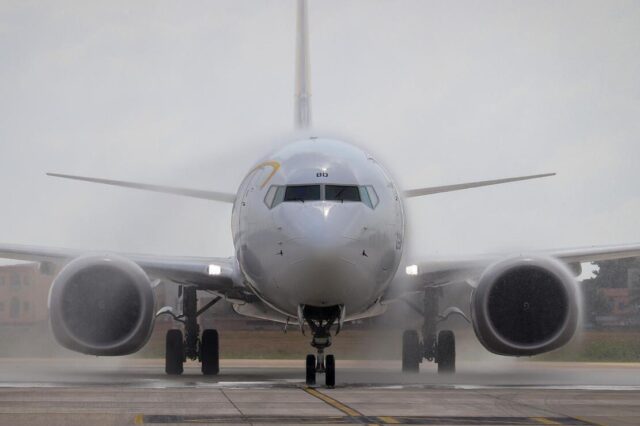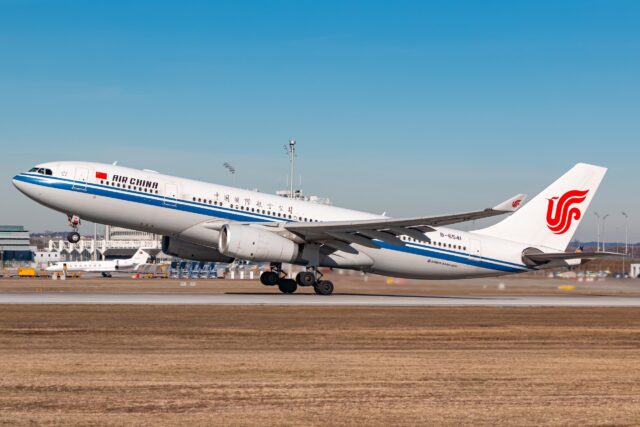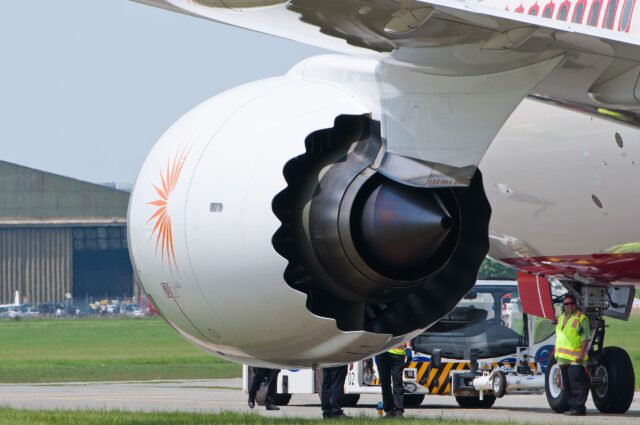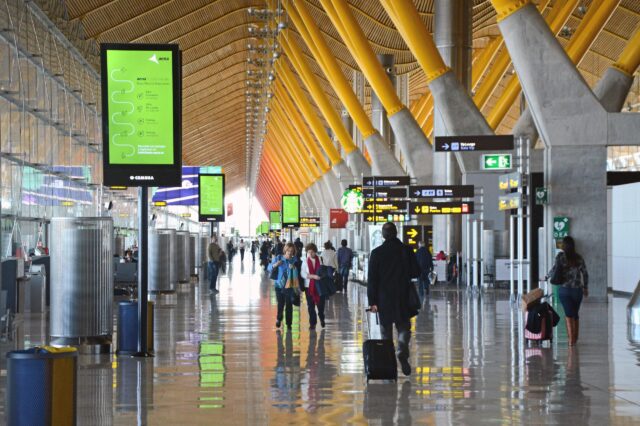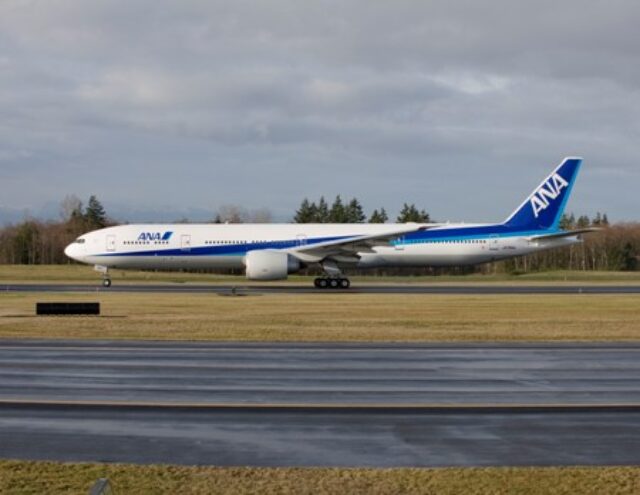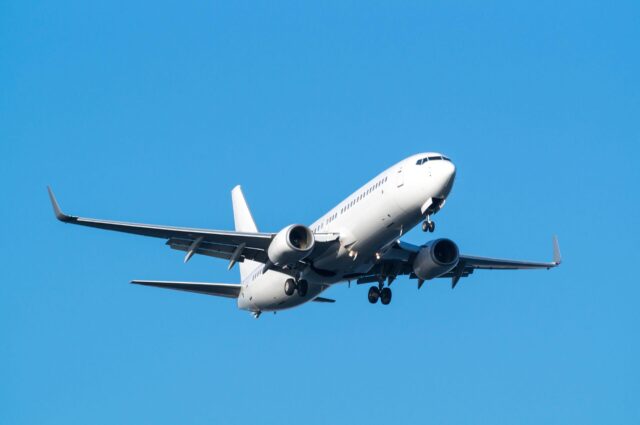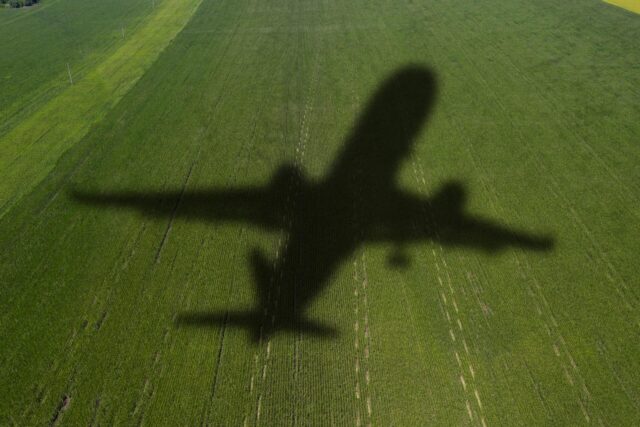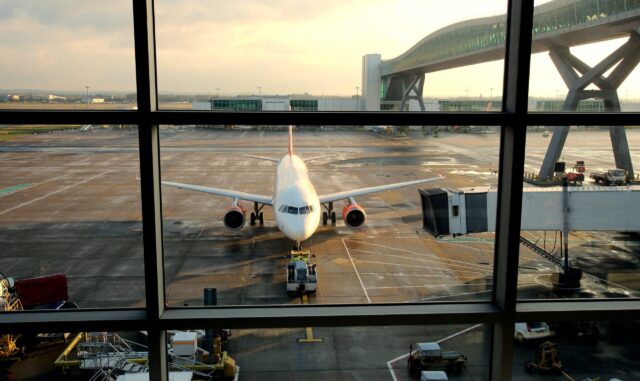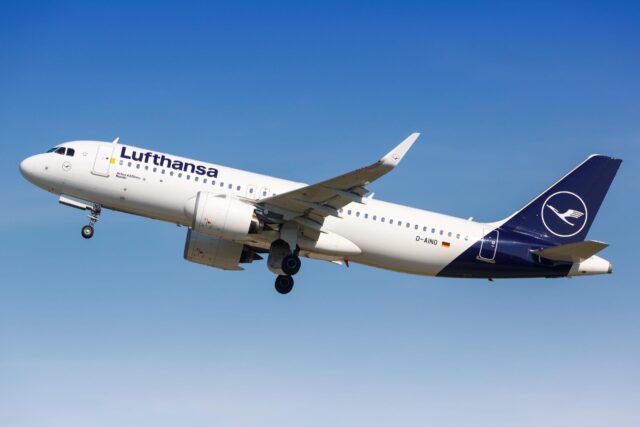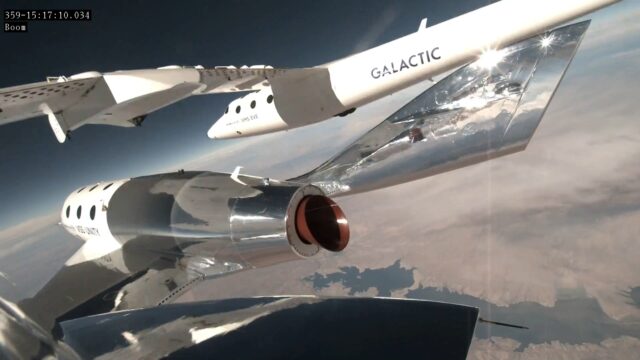Monsoons, memes and mechanics: British F-35 finally flies out from Kerala after 37-day grounding

July 22, 2025

In a story that blended high-tech military drama with laid-back Kerala hospitality, a British Royal Navy F-35B stealth fighter finally took off today, ending an unplanned 37-day monsoon layover in India’s southernmost state.
The 5th-generation fighter, stationed aboard the aircraft carrier HMS Prince of Wales, had made an emergency landing at Thiruvananthapuram International Airport on June 14 after encountering hydraulic trouble mid-mission.
The British F-35 took off from India at around 10:45 local time today, 22 July. But the jet is not headed back to its home in the UK; in fact, it’s flying quite the opposite direction.

According to AP and other reliable sources, the F-35B is on its way to Darwin in Australia to rendezvous with an aircraft carrier stationed there.
For context, Operation Highmast, which the jet was involved with before becoming stranded, includes carrier operations based out of Australia.
From stealth to stranded: Getting the British F-35 flying again
What was meant to be a brief technical halt turned into a marathon of repairs, red tape, monsoon rains and meme-worthy moments.
Initially, engineers from HMS Prince of Wales assessed the damage, but lacked the equipment to resolve the problem on site.
An A400M Atlas arrived in early July, bringing with it a crew of 24 – 14 technical experts and 10 support crew – along with specialist tools and parts. Working through intermittent downpours and logistical challenges, the F-35 was eventually relocated to an Air India hangar for the most delicate repairs.

The Royal Air Force’s technical crew worked meticulously on the jet’s hydraulic system, its software, parts, and sensitive systems requiring custom attention. At one point, the British considered removing the wings of the F-35 and returning it to the UK via C-17 airlift.
Throughout the 37-day stay, Indian authorities maintained tight security, ensuring the aircraft’s stealth technology remained protected.
By July 22, the final checks were complete, and certification to fly was granted by the British defence authorities. At 10:45 am local time, the jet finally roared into the sky. Its departure was as loud and dramatic as its surprise arrival.
How the British F-35 came to be stranded in Kerala
On the night of June 14, the British F-35, part of the HMS Prince of Wales Carrier Strike Group, issued a distress call and diverted to Thiruvananthapuram International Airport.
Declaring it an alternate safe landing site, the Indian Air Force and Central Industrial Security Force coordinated a prompt officer-led landing at 21:30, ensuring both the pilot’s and aircraft’s safety.

“When winds and technical trouble grounded the jet, India’s airspace controllers provided clearance and logistical support, facilitating the emergency landing and securing the aircraft,” an Indian government official informed AGN.
From the moment it touched down, the F-35B attracted more attention than a celebrity in disguise. After all, this wasn’t just any aircraft. The F-35 Lightning II is a stealth-enabled, supersonic marvel of military engineering, rarely seen in Indian skies, let alone sitting idle on a civilian airport apron for weeks.
Rather than treat the grounded jet as a headache, Kerala Tourism turned it into a campaign.
Kerala, the destination you'll never want to leave.
— Kerala Tourism (@KeralaTourism) July 2, 2025
Thank you, The Fauxy.#F35 #Trivandrum #KeralaTourism pic.twitter.com/3lei66a5T2
Social media ran with the humour. Memes portraying the jet with the national identity cards, sipping coconut water, and even posing in Kerala’s traditional Kathakali makeup flooded timelines. It was the rare military incident that became a viral sensation without controversy.
“First it was backwaters and houseboats, now it’s backflips and afterburners. Kerala tourism just unlocked Level-F-35!” quipped a resident.
This unplanned layover occurred as the F‑35 took part in Operation Highmast, a large-scale deployment led by the Royal Navy Carrier Strike Group 25 and only the second such Indo-Pacific deployment by the Royal Navy in recent years.

Comprising around 4,500 military personnel and a dozen allied ships, the exercise included joint manoeuvres with regional navies, including that of India.
Tricky security and a hefty bill for parking
The F-35 is a stealth aircraft not shared with international partners like India. As such, its presence sparked curiosity and subtle diplomatic overtures.
Defence officials from both countries emphasised cooperation and assured that all sensitive technology remained secure.
While the stealth jet may have finally flown away, its parking slot won’t go unpaid. A Thiruvananthapuram International Airport official suggested that the UK could be billed by Indian aviation authorities for extended tarmac use and logistical services.
According to Mint, these charges could be around ₹26,261 ($315) per day, meaning its long stopover at Kerala could amount to around $11,000. As it was moved to a hangar from day 22, additional charges could apply.

Despite the costs, both Indian and UK authorities have praised the cooperative spirit of the incident.
What began as a mission glitch turned into an unusual chapter in Indo-UK relations and an unexpected tourism campaign.
From memes to monsoons, Kerala managed to do what few places could: make a state-of-the-art warplane feel right at home.
As one local put it, “The fighter came down like thunder, stayed like a silent guest, and left with fans.”
